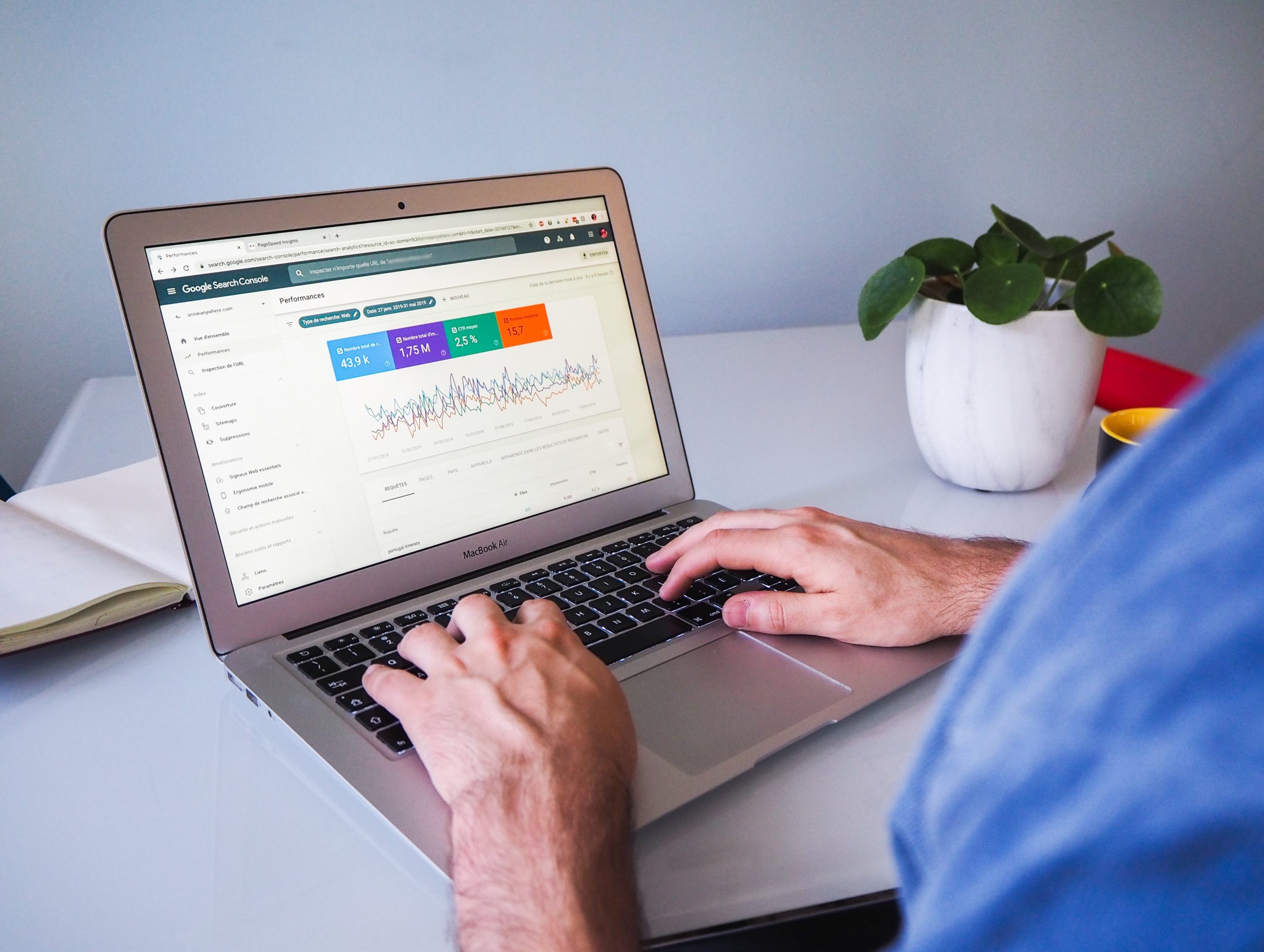Traffic Spikes: Prepare your competition site for high website traffic
Usually increased traffic on a website is what every business wants and looks for. The more visitors your site attracts, the more opportunities you have to convince people to enter your competitions. This can lead to an improved conversion rate – meaning better earnings and higher rankings on search engines. But what about the times when traffic spikes cause issues for your site?
This blog post will explain what happens when a site receives an unexpected increase in traffic. We’ll also suggest some ways you can best prepare your competition site for high levels of traffic.

What are traffic spikes and why do they happen?
There are times when a website receives many requests that it’s not prepared to handle. A big spike in traffic can dramatically slow down a site. It can even cause a site to crash. This isn’t ideal for businesses when it leads to lost sales, unhappy customers, and stressed out business owners!
Competition sites often experience higher levels of traffic around the time of planned and heavily promoted events, such as their launch (or re-launch) and Live Draws. A sudden burst of publicity can often cause website traffic to spike. This can come from a variety of sources, including:
- A social media post going viral
- Your business getting a mention in the media
- A popular email spread to contacts beyond your mailing list.
It’s also common for sites to get more traffic over the holiday season. Especially with the UK’s adoption of Black Friday deals just before our usual Christmas rush period! National statistics further show that people have been spending more time online during the COVID-19 pandemic.

Preparing for high website traffic
Here’s some tips on preparing for high levels of web traffic…
Plan ahead for expected increases in web traffic
Got a big event planned? Noticed that your marketing campaign is attracting more attention than usual? Let your agency know!
The development team can scale up the capacity of your site’s server and bandwidth in preparation for any spikes in traffic.
And while it may be tempting to always run at full-capacity, this approach is unnecessarily expensive! You should only be using the resources you need for your site. Anything else is capital which can be better invested elsewhere.
Use a Content Delivery Network (CDN)
This is another action to take before site traffic becomes an issue. CDNs are services which store copies of your site in data centres around the globe. This puts less strain on the server, while also improving your site’s loading times.
Compress files, images and cache pages
File compression is another way to cut down on content delivery times. It is recommended for all sites which receive high levels of traffic.
Files are stored in small, compressed formats which can be quickly downloaded by a user’s browser. The browser automatically decompresses the file and the user gets a quick-loading site.
Static content on your site, like images, should also be compressed. If not sized appropriately, images can be very large and slow down a page’s loading speed.
Did you know that Team Zap uses a plugin across all sites for image file compression? The file size is reduced without reducing the quality!
Reinforced cyber security
While many traffic spikes are a result of more people visiting a site, sometimes they are caused by an increase in bot traffic. Good site maintenance and taking extra security measures to ensure your site isn’t vulnerable to attacks will reduce the risk of it slowing down or crashing.
Our Backend Developer Ross will explain…

Ross Recommends: Preparing for a DDoS Attack
Bot traffic describes any non-human traffic to a website or app. Bot traffic isn’t necessarily good or bad. It all depends on the purpose of the bot.
DDoS (distributed denial-of-service) attacks are a common cause of traffic spikes connected with malicious bot activity. This is when the attacker uses a collection of different servers across the world to send traffic to the server over and over again until it can’t handle the load and crashes.
A DDoS attack is not the same as being hacked. The attacker is usually unable to gain access to the server or any secure data from the database. Common signs of a DDoS attack include:
- A suspicious amount of traffic from a single IP address or range
- An influx of traffic from users who share a single behaviour profile (e.g. device type, geolocation, or web browser version)
- An unexplainable increase in requests to a single page
- Traffic spikes at odd hours of the day or patterns which appear unnatural (e.g. a spike every 10 minutes.
If you suspect that your site is under attack, we recommend that you contact your agency or development team as soon as possible.
How we can help…
Hiring an experienced web agency is the difference between a reliable website which can better cope with peaks in traffic, and one which continuously crashes and loses you customers during your busiest periods.
You can read more about our work and how we’ve supported clients through high levels of traffic here.

